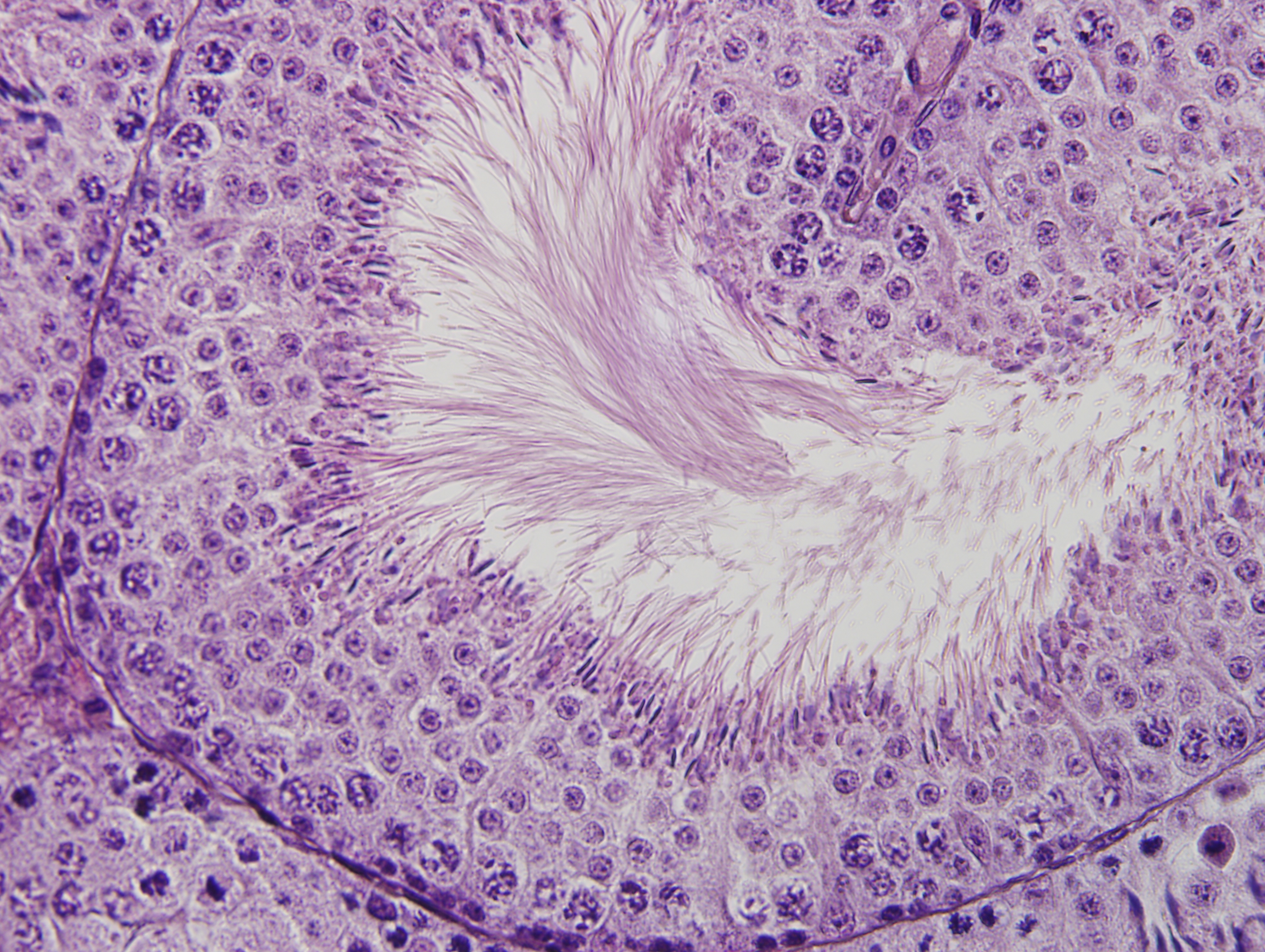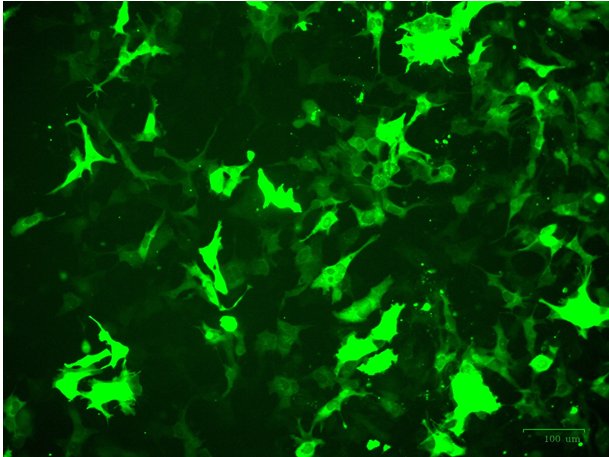Research interests
The Hoffmann lab research program
-is focused on understanding the changes in the brain circuitry adapting behavior and reproduction to changes in day length and exposure to light at night.
Main projects
The role of light in reproductive functionLight, whether natural or artificial, regulates physiology and overall well-being. Indeed, seasonal changes in day length (summer versus winter), induces changes in brain function, which ultimately impact mood (seasonal depressive disorder/winter depression), hormone release, metabolism, and what we are interested in, reproductive success.
To understand how light impacts reproduction we study both seasonal changes in reproductive success, as well as the impact of shift-work in fertility, with a special emphasis on females. Not only is it important we determine how seasonal changes in day length impacts reproductive success in order to improve IVF rates, but the number of shift-workers is on a rise, where over 21 million Americans are employed in work that requires rotating shift or night work. Shift-work dramatically impacts the circadian system (24h rhythms in your body), which coordinate the timing of physiological functions and behaviors. In humans, shift work is associated with reproductive dysfunction, including reduced fertility, irregular menstrual cycles and increased incidences of miscarriage. While there is an established relationship between shift work and reduced fertility, our knowledge of how shift work impairs reproduction remains incomplete. Our goal is to determine how seasonal changes in day length as well as shift work alters underlying neuronal and endocrine networks and adapts fertility to the environmental conditions.
Chronopharmacology: increasing drug efficacy through timed drug administration
Chronopharmacology is the study of how time-of-day impacts drug efficacy. In this project we aim at enhancing efficacy of drugs used in the clinic. Our research focus is on delaying preterm birth, birth before 37 weeks of gestation (term pregnancy is 40 weeks).
Preterm birth is a serious problem contributing to severe birth defects including impaired cognition and motor function. There are no efficient treatments to prevent preterm labor, and current practices to do so may even worsen outcomes. Each year in the world ~15 million babies are born preterm, and ~1 million of these children die due to complications associated with preterm birth. This project will identify the optimal treatment strategy to stop uterine contractions by targeting receptors known to be important in regulating labor onset. The completion of this study has the potential to develop a new approach to efficiently delay preterm labor.
Approaches
The major goal of our research is to understand how abnormal hypothalamic function leads to desynchronization of hormone release and how this relates to cellular function and reproductive success.



Approaches include imagine (microscopes), H&E, PCR, qPCR, luciferase assays, EMSA, ChIP assays, RNAseq, fertility assays, cell culture, circadian rhythm studies in vivo (behavioral-mouse) and ex vivo (Per2::luciferase, tissue studies), transcriptional regulation, calcium assays, muscle contraction studies (myograph) among others.



 Print
Print Email
Email